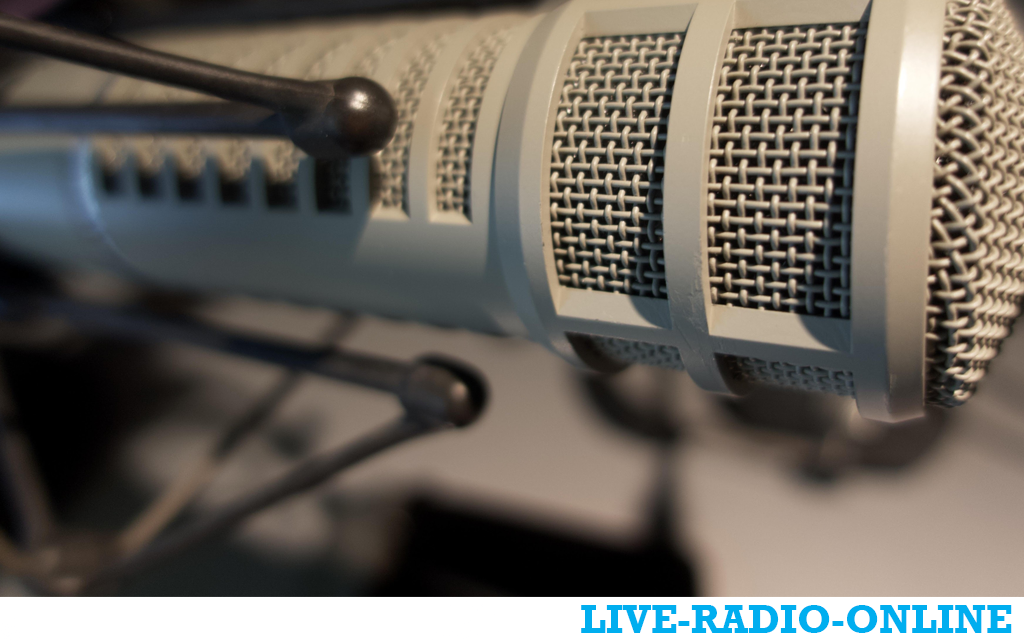
The most common and iconic microphone used in radio broadcasting, particularly in news, talk, and music radio, is the Electro-Voice RE20.
Here’s a breakdown of why it's the industry standard and a look at other common contenders.
The Champion: Electro-Voice RE20
The RE20 is a dynamic cardioid microphone that is ubiquitous in radio studios worldwide.
Why it's so popular:
-
Excellent Pop Filtering: Its internal "Variable-D" technology effectively eliminates plosives (like "p" and "b" sounds) without needing an external foam cover, keeping the broadcast clean.
-
Smooth, Natural Sound: It has a very flat and wide frequency response, meaning it captures the voice accurately without unwanted coloration or harshness.
-
Excellent Proximity Effect Control: Unlike many other dynamic microphones, the RE20 does not get boomy or bass-heavy when the announcer gets close to it. This is critical for hosts who move around while speaking.
-
Built Like a Tank: It's extremely durable and can withstand the daily wear and tear of a busy studio.
-
Effective Noise Rejection: Its cardioid polar pattern picks up sound clearly from the front while effectively rejecting noise from the sides and rear (like computer fans or other room noises).
Other Very Common Radio Microphones
While the RE20 is the most common dynamic mic, large stations, especially for music and high-profile voice work, often use premium condenser microphones.
1. Neumann U87
This is the gold-standard large-diaphragm condenser microphone.
-
Use Case: High-end music production, major market radio stations, and prestigious podcast studios.
-
Why it's used: It delivers an incredibly detailed, rich, and professional sound. It's often used when the highest possible audio quality is the top priority.
2. Shure SM7B
This microphone has seen a massive resurgence in popularity thanks to podcasting, but it has deep roots in radio and music recording.
-
Use Case: Talk radio, sports broadcasting, and music recording (Michael Jackson's "Thriller" was recorded on one).
-
Why it's used: It has a very warm, smooth, and "radio-ready" sound right out of the box. It's excellent at rejecting electromagnetic hum (like from computer monitors) and requires a strong preamp to power it properly.
3. Heil PR40
A major competitor to the RE20 and SM7B, designed by radio ham and audio engineer Bob Heil.
-
Use Case: Talk radio and podcasting.
-
Why it's used: It offers a wide frequency response similar to a condenser mic but in a dynamic microphone's durable body. Many hosts prefer its crisp and clear sound.
Conclusion
If you were to walk into a typical radio station anywhere in the world, the microphone you'd most likely see on the announcer's desk is the Electro-Voice RE20. Its combination of rugged reliability, consistent sound quality, and excellent technical features for voice work makes it the undisputed workhorse of the industry. However, for the absolute highest fidelity, especially in music-focused broadcasting, the Neumann U87 is the premier choice.


